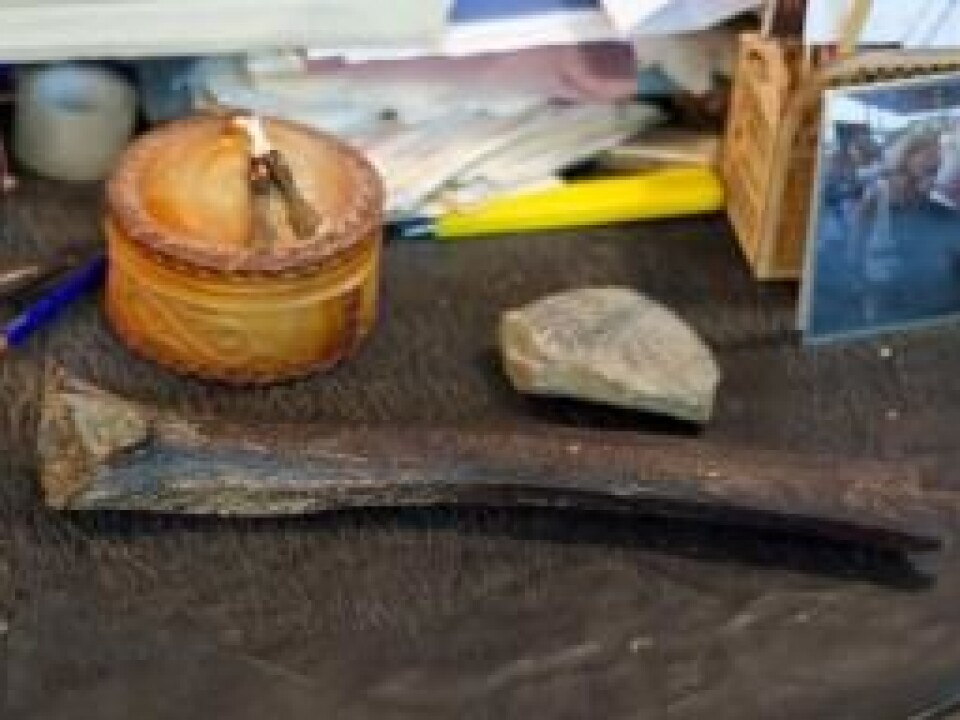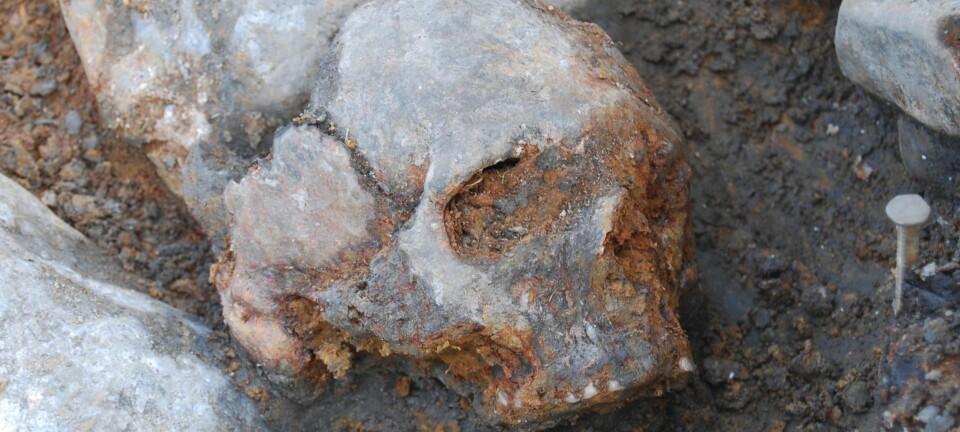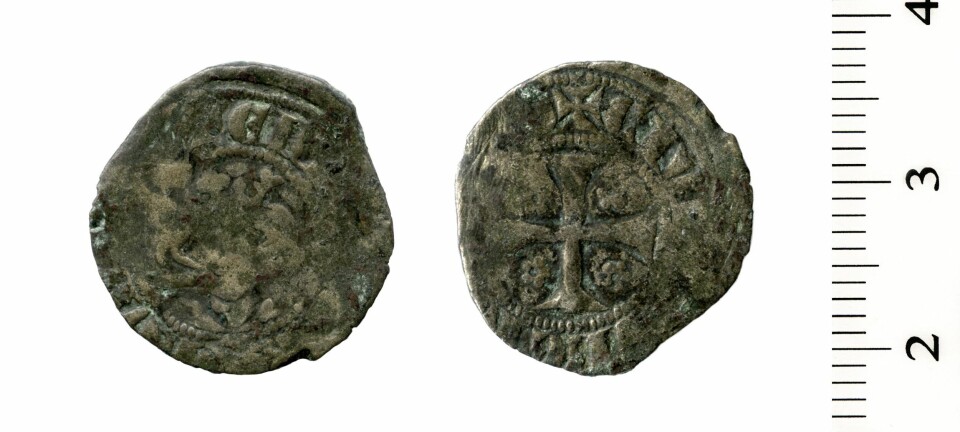
Oldest human genome reveals a story of sex and migration
The world's oldest known human genome has been mapped and provides key dates and insight into human history.
In 2008 the Russian artist Nikolai V. Peristov was searching for ivory to make carvings out of along the river banks of Irtysh near the town Ust’-Ishim in Siberia.
Instead of ancient ivory he discovered something even more magnificent: a 45.000 year old male thigh-bone, a femur. Little did he know that the bone hid many secretes about the past of the human species.
Peristov showed the bone to a local coroner, who showed it to an anthropologist friend, who showed it to a third expert, and so it continued until the bone found it’s way to the desk of the world's leading experts in the history of human development.
"It was a huge surprise, because no one knew that people lived in this region at this time, and we immediately began to investigate how the individual is related to present-day humans and Neanderthals," says geneticist Janet Kelso from the Max Planck Institute in Leipzig, Germany.
A peak into ancient times

Together with an international team, led by the Swedish geneticist Svante Pääbo, Kelso used the bone to sequence the Siberian man's genome. The sequence is the oldest one ever to be analysed and allows the scientists to look back in time, back to when our ancestors first arrived to Europe.
"The study helps get more pieces of the puzzle into place,” says professor of evolutionary studies Peter C. Kjaergaard from Aarhus University in Denmark. He did not participated in the new study.
Among the pieces that have fallen into place is the sexual meeting between our ancestors and the Neanderthals.
"It's exciting that we can now specify when the Neanderthal DNA was integrated into our genome," says the Danish professor Rasmus Nielsen from University of Copenhagen and the University of California, Berkeley.

The new study was recently published in Nature.
Sex with Neanderthals
Pääbo's team of scientists have previously mapped the genome of our closest relatives, the Neanderthal, from 50,000 year old bones.
Their studies have shown that our ancestors had children with the Neanderthals during their migration to Europe. This means that all people outside Africa today carry about 2 percent Neanderthal DNA in their genomes.
It has been estimated that this intimate meeting took place between 37,000 and 86,000 years ago, but with the new information from the Siberian man from Ust’-Ishim, this has been narrowed down to 50.000-60.000 years ago.
The scientists found that the Ust’-Ishim mans genome contained Neanderthal segments that are 2-4 times longer than in us today. This allowed them to calculate that the Neanderthal DNA was introduced between 232 and 430 generations earlier.
This roughly corresponds to humans and Neanderthals breeding 5,000-15,000 years before the Ust’-Ishim man was born, which corresponds to approximately 50,000-60,000 years ago.
Scientists cannot say exactly where the sexual encounter took place, but evidence points to the Middle East.
"This clarification is immensely important because it means that we can make much better analysis,” says Nielsen.
The mutation rate is ticking half as fast
Furthermore, the discovery has a huge impact on the way scientists determine major events of evolution in human history, because the new genome adjusts the mutation rate for humans.
When you adjust a mutation rate it is like resetting a clock. This change the dates for big genetical events within a species.
By using the newly sequenced fossil genome Kelso and his colleagues have counting the number of mutations that have occurred in the last 45,000 years. They have found that the human mutation rate is about half of what was previously estimated.
"The new rate is more precise. It's the one we need to use in the future," says Nielsen.
Separation happened 650.000 years ago
With this new knowledge, previous calculations will have to be adjusted.
For example, when counting the number of mutations between Neanderthals and modern humans, the new mutations rate shows that the lines separated approximately 650.000 years ago and not 325,000 years ago -- as previously thought.
Likewise, the new mutation rate radically adjusts the time when humans began to colonise the world outside Africa. Before, scientists though this to have happened 60.000 years ago, however, it seems to have happened much earlier, around 120.000 years ago.
But Kelso warns: "You have to be careful about using the mutation rate so far back in time, because it is likely that there have been changes".
However, if it is true, than it means that our ancestors had plenty of time to reach the Middle East and live side by side with the Neanderthals, before they moved north to Europe and Siberia.
“Potentially, it means that Homo sapiens and Neanderthals lived in the same area and at the same time -- without this necessarily leading to a re-mixing," says Kjaergaard.
A lost Siberian people
For now, many questions remain, including who the Siberian people really were and how they managed to survive so far north.
It is possible that the Neanderthal genes have contributed to their survival in this frozen area of Asia, but scientists cannot say for sure until more studies have been completed.
However, kinship analysis show that the Ust'-Ishim-man does not have any direct descendants today. It seems that his line of people are extinct. But perhaps the bank of the Irtysh River hides more secrets that are yet to be discovered.
-------------
Read the original story in Danish on Videnskab.dk
Translated by: Louisa Field









